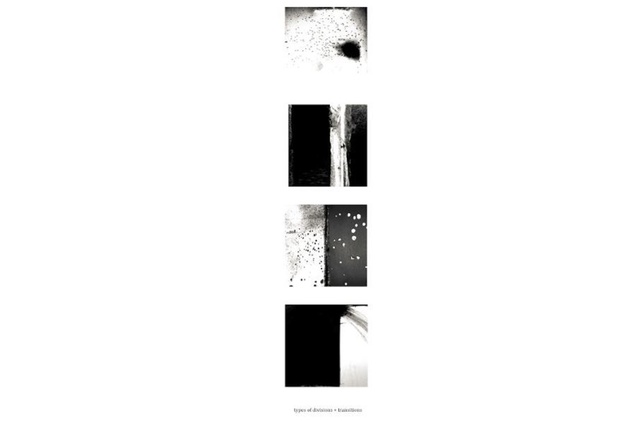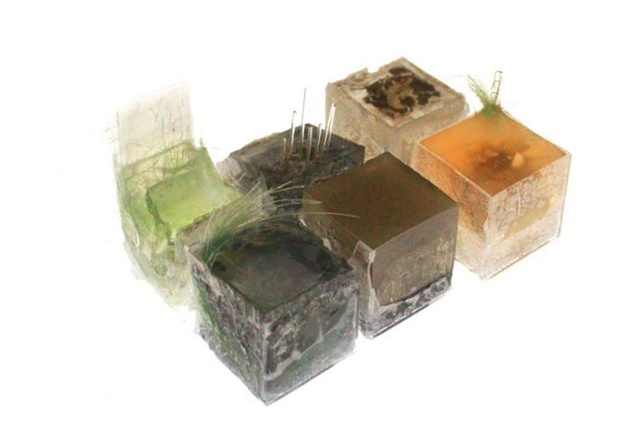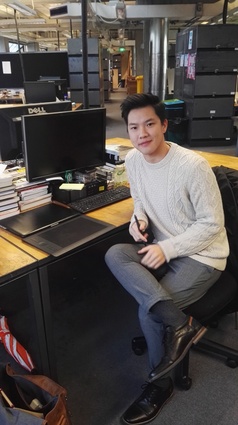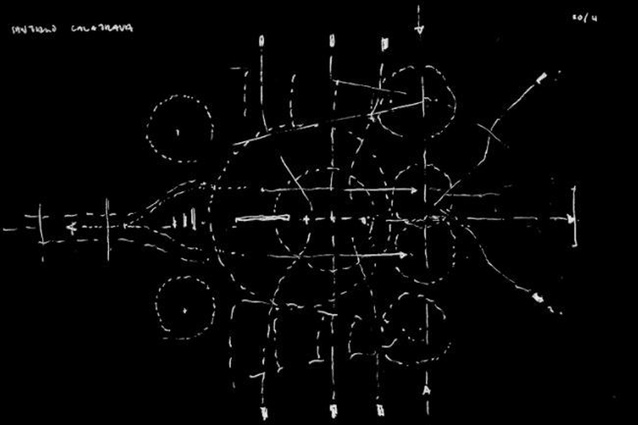Show Us Your Thesis: Hee Jin Elizabeth Cho and LiWen Choy
ArchitectureNow and the Student Architecture Network New Zealand (SANNZ) have once again teamed up to present an interview series on the work and thoughts of final year Master of Architecture students (in 2017) at New Zealand's three schools of architecture: Victoria University of Wellington, the University of Auckland and Unitec Institute of Technology.
The third interview of the series features Hee Jin Elizabeth Cho and LiWen Choy of the University of Auckland. In 2017, LiWen explored the ‘search for the subjective viewer’ though methods usually involved with film production and cinematics, while Hee Jin Elizabeth was primarily concerned with the value and commodification of air and how this can be translated architecturally.
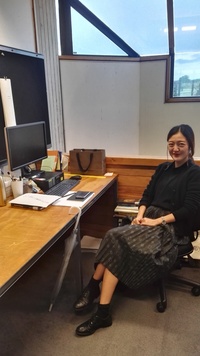
SANNZ: In short, what is your thesis about?
Elizabeth Cho: Mine is a playful architectural response to the (somewhat) recent commodification of resources to New Zealand, Australia and Canada selling cans of fresh air to polluted regions of China. Putting value and labelling a monetary value on the often forgotten element of air.
LiWen Choy: In short, my thesis is about the search for the subjective viewer in architectural representation through a narrative and storytelling.
SANNZ: What inspired you to choose this topic?
EC: During the past four to five years I’ve always been concerned about representing immateriality and things that you can’t see, but at the beginning of this year I was initially focused on experiential groundlessness. I then shifted into this obsession with air and putting value on it.
LWC: I’m interested in the medium of storytelling that connects emotions with how you experience spaces – that plays throughout a lot of films that I’ve watched. Spatial expression in cinema is much more true to how someone embodies a space and how they live day to day.
SANNZ: Tell me about your supervisor and why you chose to work with them?
LWC: I’m working with Eu Jin Chua right now. As I was going through the supervisor list I was like “I gotta find the right fit” and I feel like he’s the older version of me, as an academic. Over the past 30 years he’s gone into studying cinema and film and I have a lot to learn from him.

EC: My supervisor is Michael Milojevic. I chose him firstly because he was on the Alpine trip with us at the beginning of 2017 for the study tour. Secondly, I was really interested in groundlessness and he had a general paper on ‘Ground’ so I thought, if I’m going to remove ground, first I must know ground. He has such vast knowledge and he’s basically an encyclopaedia, it’s been working very well.
SANNZ: We know you have both travelled in 2017, has the overseas experience had any effect on your work?
LWC: The short answer is definitely yes, especially the previous tour that I went on [the Iberia tour, 2015], which really changed how I approach design in the sense that I’m not out to design objects that end up on the page as this beautiful render. Seeing how much buildings actually affect and reflect the culture put so much more weight to what I was doing when I put pen to paper.
EC: It’s the same with me, the Alpine tour 2017 was the first time I actually went overseas, I’ve only ever been to Korea and New Zealand and I hadn’t experienced such scale of architecture. It definitely did shift my view of design process and even my own experience.

SAANZ: How do you feel about having to pursue ONE topic for the whole year?
EC: I actually love it. Especially because it’s something we’ve chosen ourselves and I feel it’s where my passion does lie, so it’s really exciting to be able to focus on just that and delve completely into it for the entire year.
LWC: I didn’t exactly know what my topic was going to be, so for me it was more like pursuing a chain of different topics and halfway through the year I’m now comfortable in what I’m doing.
SANNZ: When tackling a design, what is your approach?
EC: I find that I write a lot to begin with, especially because my design right now is air. It’s something that I don’t want to attempt to visualise as I feel I’ve done that through past year’s work. Through editing my writing I’ve come to design conclusions.
LWC: I think it’s something that requires you to reverse engineer the past four years and how you work. Whenever I read a brief I have lots of images that immediately come to mind and it helps to start sketching those in perspective, so I can stop worrying about it. Those ideas might come back later on or they might not, but that’s how I like to get started.
SANNZ: How do you feel University of Auckland architecture school has helped you for entering the industry in years to come?
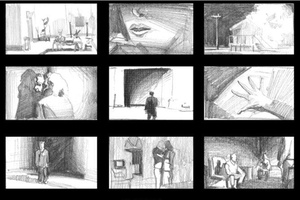
EC: I think the school definitely allows you and supports you with the search for your own means of working, which helps you find your own roots and processes.
LWC: Coming into architecture school, I was quite a closed person and that’s because I didn’t really understand myself or the way I worked. What’s really helped me is the process of becoming more honest with myself and my tutors. Some students might take advantage of things that others might not. The resources are there, it’s what you make of it.
SANNZ: What are your plans for 2018?
EC: I’m not sure where I’ll be located but I will be working in an architecture office. Right now I’m working part time in an office with Tim Mein Architects, so I’m enjoying that.
LWC: I’m hoping to get into production design and into the film industry and I’ve been recently getting into motion design and motion graphics, so I’m trying to bring my portfolio to that level.
SANNZ: Do you work while studying? How do you manage a work, life, social, and, in your case, relationship balance?
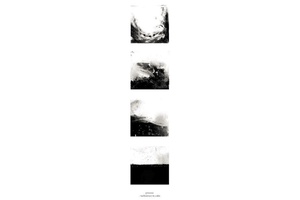
EC: Right now I’m working two days a week and it’s not too difficult, because my boss recognises that I have a large workload with thesis, so I’m lucky to have good flexibility with my work hours. In terms of relationship balance, if I’m not at work, we’re both in studio and we try to fit in coffee breaks and occasional movies and such.
SANNZ: Do you ever use each other as platforms to test ideas, bounce concepts off one another etc.?
LWC: It was a little bit tough to begin with because we were both quite private people and both had our ways of working but after we got interested in each others projects we built on that in a certain way. It’s better if you don’t try to compartmentalise things into different areas of your life – if you act seamlessly then you don’t feel like you have to be a different sort of person.
SANNZ: Who is your music artist of choice when doing architecture work?
EC: I’ve had the same playlist for the past four and a half years! I usually just pick one song and that’s it for the day. My favourites are ‘Nude,’ ‘There There,’ and ‘Present Tense’ from Radiohead.
LWC: John Mayer has gotten me through university emotionally but when I’m designing, I listen to podcasts about anything.
SANNZ: What have been some fruitful moments in your thesis?
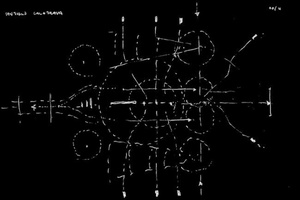
LWC: I’ve been working on storyboarding the sites and the people and how they interact with the space, specifically on the study tour. It’s given me the opportunity to discover the emotional relationship between the user and the building instead of just designing from plans and sections. I wanted to take a more subjective approach to see how I could design something.
EC: Along with writing, I’ve been using casting images and then collage and image processing from those casting images – because I’m talking about air and gradients, it’s the only medium that can portray that transitional quality.
SANNZ: As two resident fashionistas of studio, can you tell us a bit about your style and how it’s developed over your time at university?
LWC: We were just talking about this the other day! I think once you move on from first year you feel you really have to dress the part, although at the time you wore what you thought was great. I think I wore chinos and jandals, which apparently was horrible. My wardrobe has gone very neutral over the years and now I dress for comfort and in something that’s easy to match or pair.
EC: I go for a consistent palette in my wardrobe so that I can easily pick out anything that goes together.
The Show Us Your Thesis series is thanks to the Student Architecture Network New Zealand and to the students involved. Read more interviews here.



